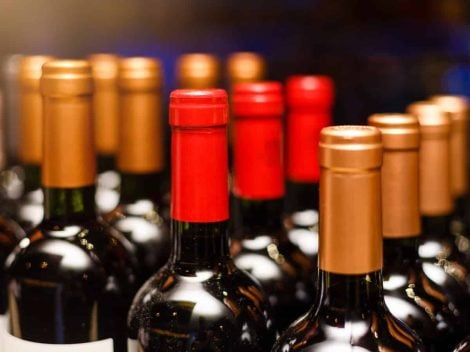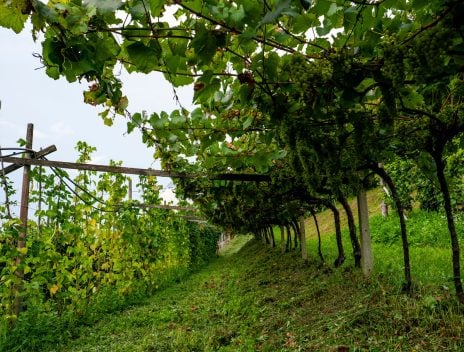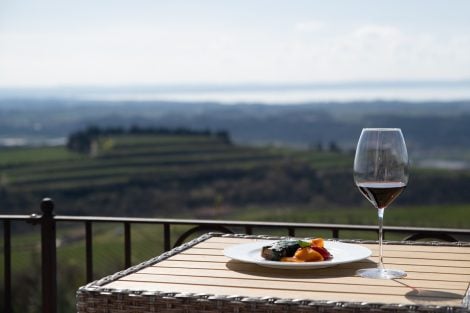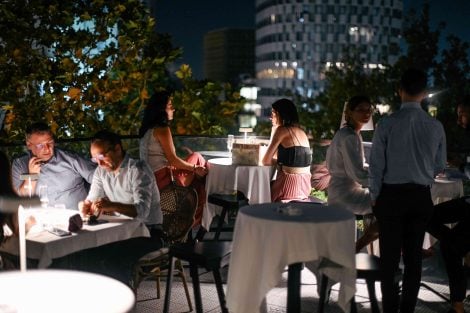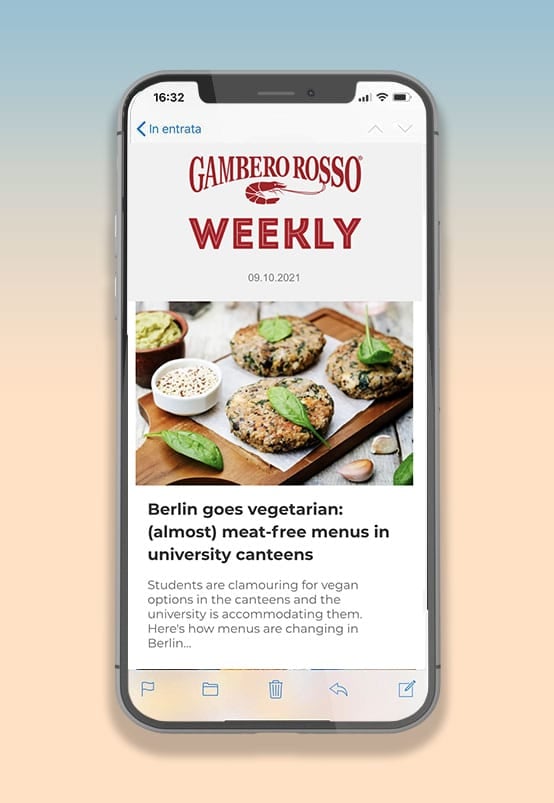by Titti Casiello
“A farmer gets thirty harvests in a lifetime, next year will be my last.” Damjan Podversic, the protégé of Josko Gravner, is stepping back from the limelight — but he does so with peace of mind, knowing that his daughter Tamara is a determined and headstrong woman. “For the past three years we’ve had a coach in the business who’s preparing us for the generational change. The rule is, if I can't keep quiet in 2027, I won’t even be allowed into the cellar.”
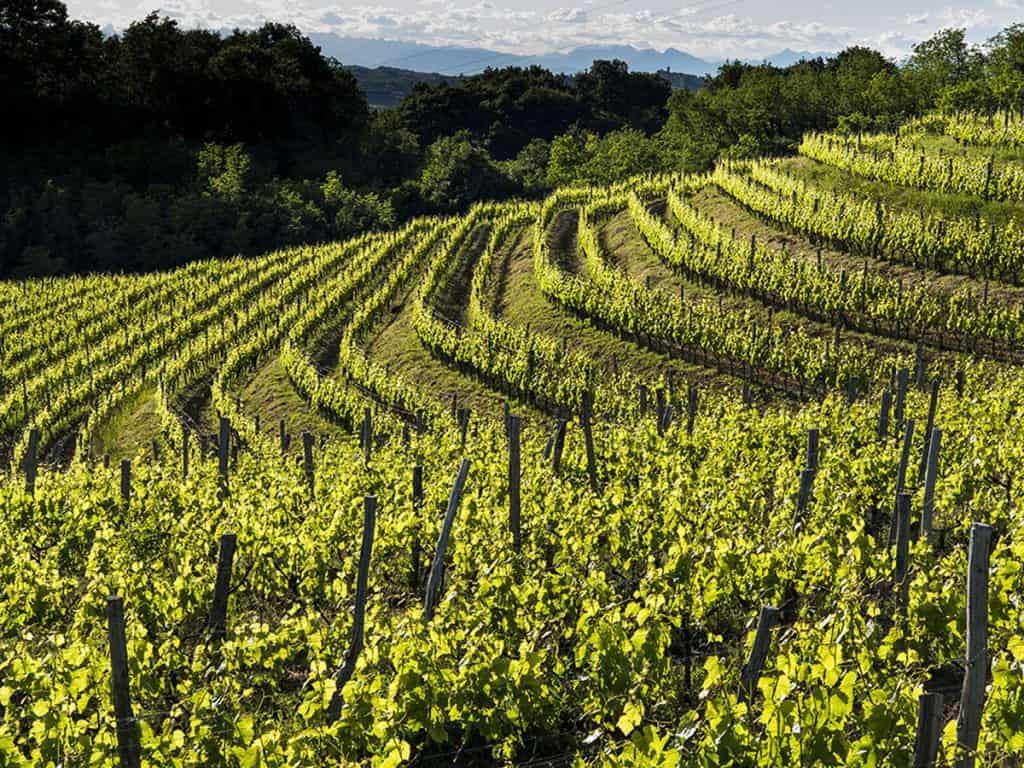
Podversic: the resilient winemaker on the hill of Oslavia
Utterly resilient, unyielding — the firmness of his words perfectly embodies the solid foundations of the winery that’s borne his name since 1988. He built it from scratch and grew it against the grain, with his idea of authentic wine “which I make only from the grapes of my land: Ribolla Gialla, Malvasia and Friulano. If you make wine in Friuli, that’s the only way to do it.”
He grows them on the summit of Gorizia, from that hill in Oslavia that juts out between Monte Calvario and Monte Sabotino, with the Julian Prealps sheltering his vines and the constant Bora wind blowing violently from the north-east. It was from here that Damjan, just seventeen at the time, started a revolution as gentle as it was impactful, in the late 1980s. “Back then, it was easier to sell a kilo of potatoes in New York than a bottle of Collio wine.” But he, the son of the only innkeeper in the village, had fire in his eyes and a thirst for life: “I used to ride my moped through the vineyards dreaming of making wine.”
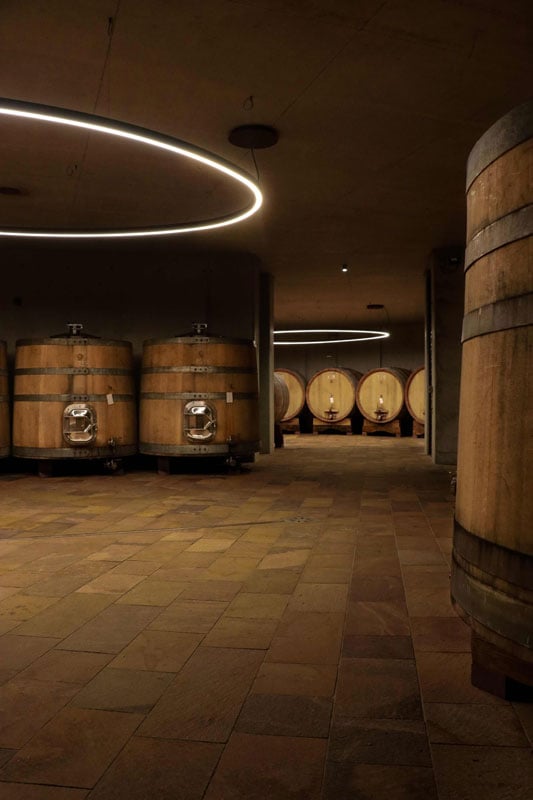
Damjan’s spiritual father: Josko Gravner
He began by serving it to workers coming off their shifts at six: “To my father, wine had to be sold at a thousand lire — not for a litre, for ten.” Then, during his military service, he bought his first vineyard: one of the abandoned plots on Monte Calvario left empty since the end of the First World War. He saw potential in those fields, where Josko Gravner, Mario Schioppetto and Nicola Manferrari — all in their early twenties — also spent time. Soon after, Luigi Veronelli passed through as well.
Damjan dreamed — and dreaming, he met the man who became his spiritual father: “Josko Gravner taught me philosophy before he ever taught me how to grow a vine.”
The “school” of Oslavia, a borderland
So, in that “school” of Oslavia — a borderland just a stone’s throw from Slovenia — that band of young people began to write the first pages of a wine story that otherwise would have been lost. Because if we talk about skin-contact wines today, it’s thanks to them: stubborn and resilient producers who rescued from obscurity that ancient wine of their land, made through days and days of maceration using Friuli’s signature grape: Ribolla Gialla.
“I’ve taken my share of hits, and doors slammed in my face too,” he recalls. But today his winery is a solid reality. After 28 tireless harvests, the Banca del Vino in Pollenzo, in a tasting organised at Stefano Pagliuca’s eno-bakery in Melito di Napoli, celebrates his dreams in a journey through his energetic and emotional wines made from Malvasia, Chardonnay and Friulano — blended in the Kaplja label — and the velvet of his Ribolla Gialla.
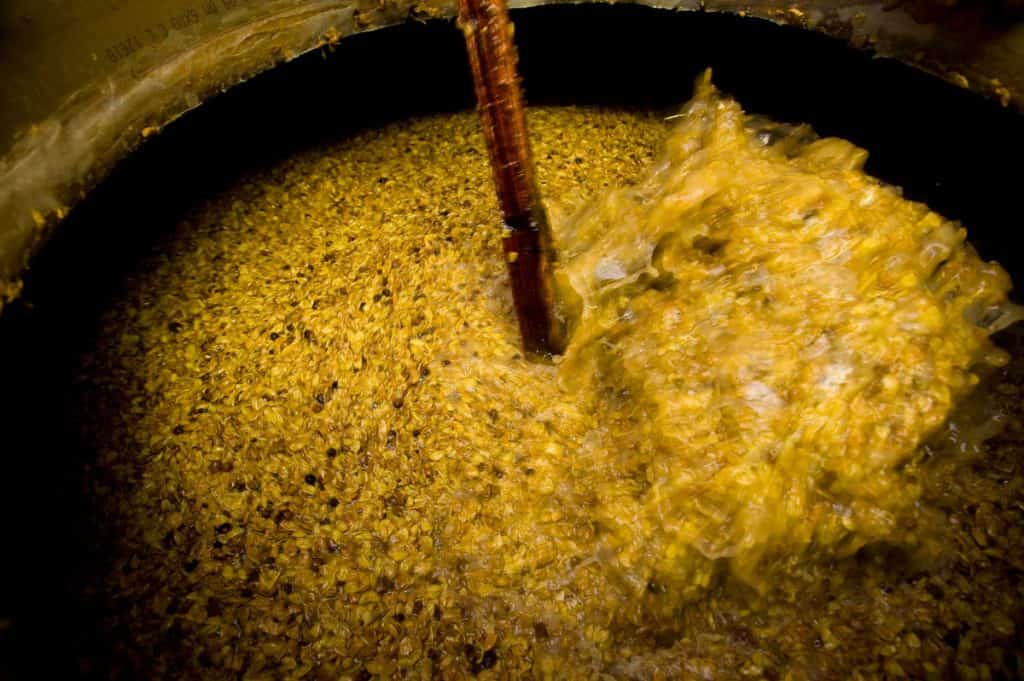
A story to tell: lessons from the land
Damjan has never improvised clumsy dances just to stay on the ballroom floor of a market that wanted and demanded the very opposite of his wines. “Those were the years of the big wines, all fruit and concentration,” he smiles, retracing his steps. “At university, they taught me what to put in the wine, not how to make wine.” So, from the very beginning, he packed away his books in an old box (never to be opened again!) and plunged his hands into the soil — never looking back.
“There are three ingredients to making a great wine: the land, the species, and the seed’s ripening,” he says firmly.
“Humans cause more damage than global warming”
The land is his own: the Collio Goriziano, naturally suited to fruit growing. “You need to plant where there’s no need for irrigation in summer.” His vineyards, located between 90 and 180 metres above sea level, are a perfect blend of alternating layers of marl and sandstone. It’s Ponca or flysch, a highly draining soil able to return stored moisture to the deepest roots and withstand drought. On this terrain, Ribolla, Malvasia and Friulano have always thrived — the only varieties Damjan believes should be planted here: “It’s a matter of latitude. Planting Nerello Mascalese in Burgundy is as stupid as planting Pinot Noir in Sicily.”
This idea of a destiny chosen by nature also leads him to “let go” when it comes to climate change: “More harm is done by people mismanaging the soil than by global warming.” In fact, bucking every trend, he’s even gone back to old farming “protocols”: “I’ve returned to harvesting when my grandfather used to, between the last ten days of September and the first ten of October.”
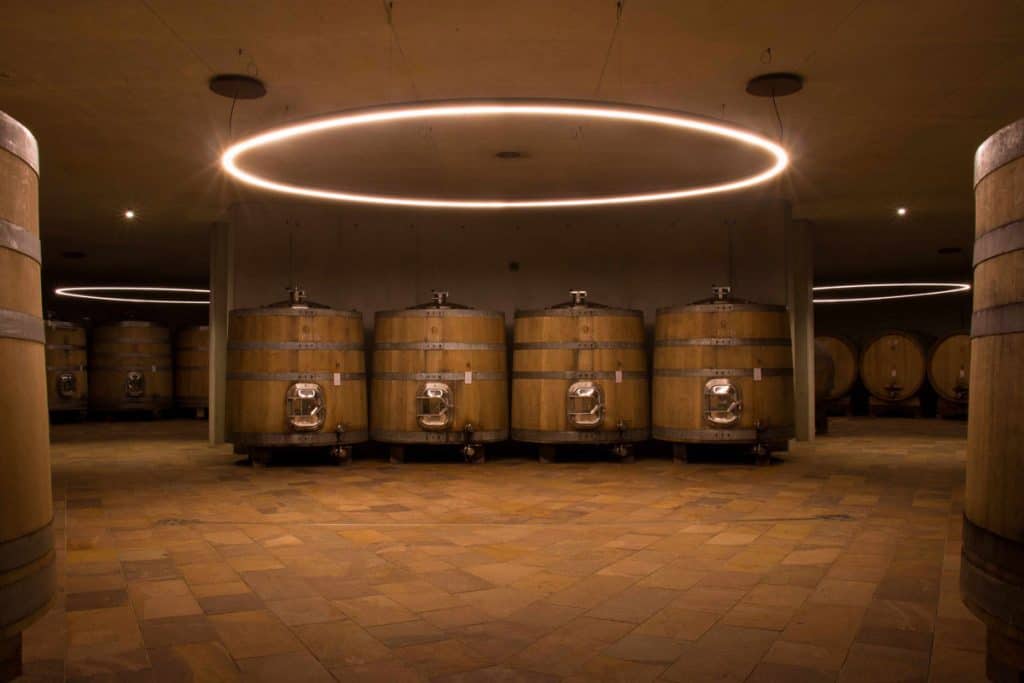
“I don’t buy into the Orange trend: in the end, they’re all the same”
So up to 140 metres he plants Friulano and Malvasia Istriana, while the Ribolla rows are left for the hilltops, where they get more sun: “If it’s planted on the plain, it loses its character — and that’s how we end up drinking confused wines, stripped of identity.” But he also takes issue with poorly handled macerations: “That orange wine trend often erases the grape and terroir’s identity — those aromas end up smelling all the same.”
Orange — a word that doesn’t fit his philosophy: “White wine should always be golden with greenish hues. Orange is just a sign of wine fatigue — unless there’s a red variety in the blend, like Pinot Grigio.”
“Wine (is not) natural — it’s technique”
And when it comes to “natural” wines, he has no doubts and makes no concessions: “I never thought wine was natural — it’s the biggest nonsense I’ve ever heard. God created the seed, nature works on that seed; but wine is technique — from harvest to crushing, it’s the product of human hands. The vine doesn’t know it’s meant to make wine: it’s up to the human, if they want to make good wine, to know when the time is right to harvest.”
And according to Damjan, perfect ripening happens only every other year — which is why many of his current 15 hectares often go unused. “We have a production potential of about 60,000 bottles, but I’ve never made more than half,” he explains. So in practice, it takes nearly a vine and a half to produce a single bottle of wine. “I learned by breathing, by walking among the rows; I made many mistakes because I thought I knew, I got back up and made more mistakes, then I won — and I made more mistakes again.”
Salinity, crunch, tension and diversity
Now, at his twenty-eighth harvest, he seems to have written his rough recipe: wine must have salinity, crunch, tension, and diversity. “God forbid you can’t taste the salt in my wine — it wouldn’t be from my land. Wine here must be chewed, with its acidic parts helping you along.” And above all, never one vintage the same as the next.
His challenge is repeated each year — in the gestures, the manual harvests, the slow fermentations and long macerations, the old barrels for ageing, the bottling without filtration “which strips the wine of its soul.” Today Damijan produces six labels: the blends Kaplja and Prelit, the monovarietals Ribolla Gialla, Malvasia, Pinot Grigio and the Nekaj label made from Friulano only — about 38,000 bottles. “I can only sell them to those who appreciate the goodness of my wine.” A wine with shifting flavour, changing every year. “It smells and tastes of my land, which, being alive, cannot always be the same,” he explains. So, to those who complain that his wines are difficult, he replies with a big, bold NO.
A firm NO against standardisation
A clear, firm NO to standardisation: “The problem is that we’re losing our sense of taste — the joy of discovering flavour. People settle for the simple, the bland... They stop at the surface, and when they finally taste something with depth, they don’t like it because they don’t know how to recognise it.” A reflection that applies to pizza, cheese, and meat as well. “Strudel — he laughs — should taste of cinnamon or sugar. But what you find at the supermarket is anything but real strudel. And if you get used to that, you think that’s the true flavour. That’s why young people are increasingly disconnected from ‘authentic’ taste: no one ever taught them. They need to be educated — or else the wine market will drift away.”
The thirtieth harvest of farmer Damjan is close — but his eyes still dream like a boy’s. “Wine is like a living being you watch grow,” he smiles. Just like his Ribolla Gialla, shaped by a harmony that’s delicate and enveloping. The 2020 vintage is almost magical — it seems to hold all forty years of his winery’s story and has the comforting aftertaste of a present that is already a solid future, in the eyes and hands of his daughter Tanita.

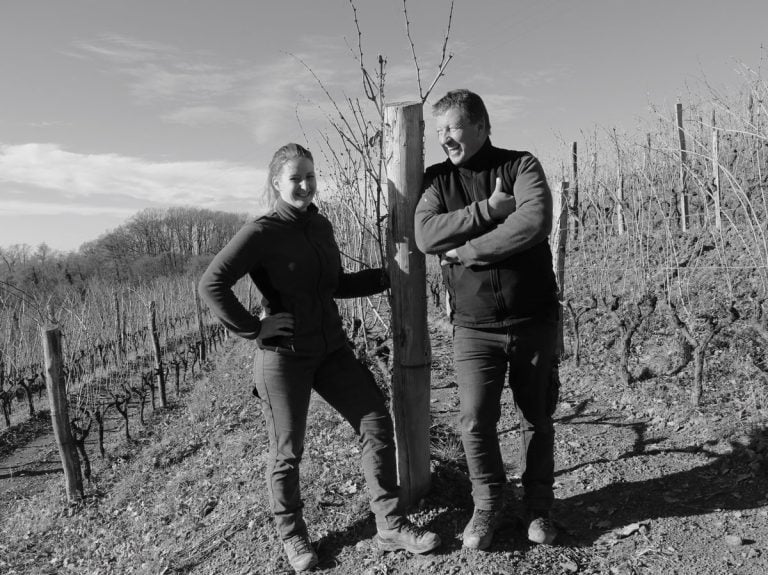
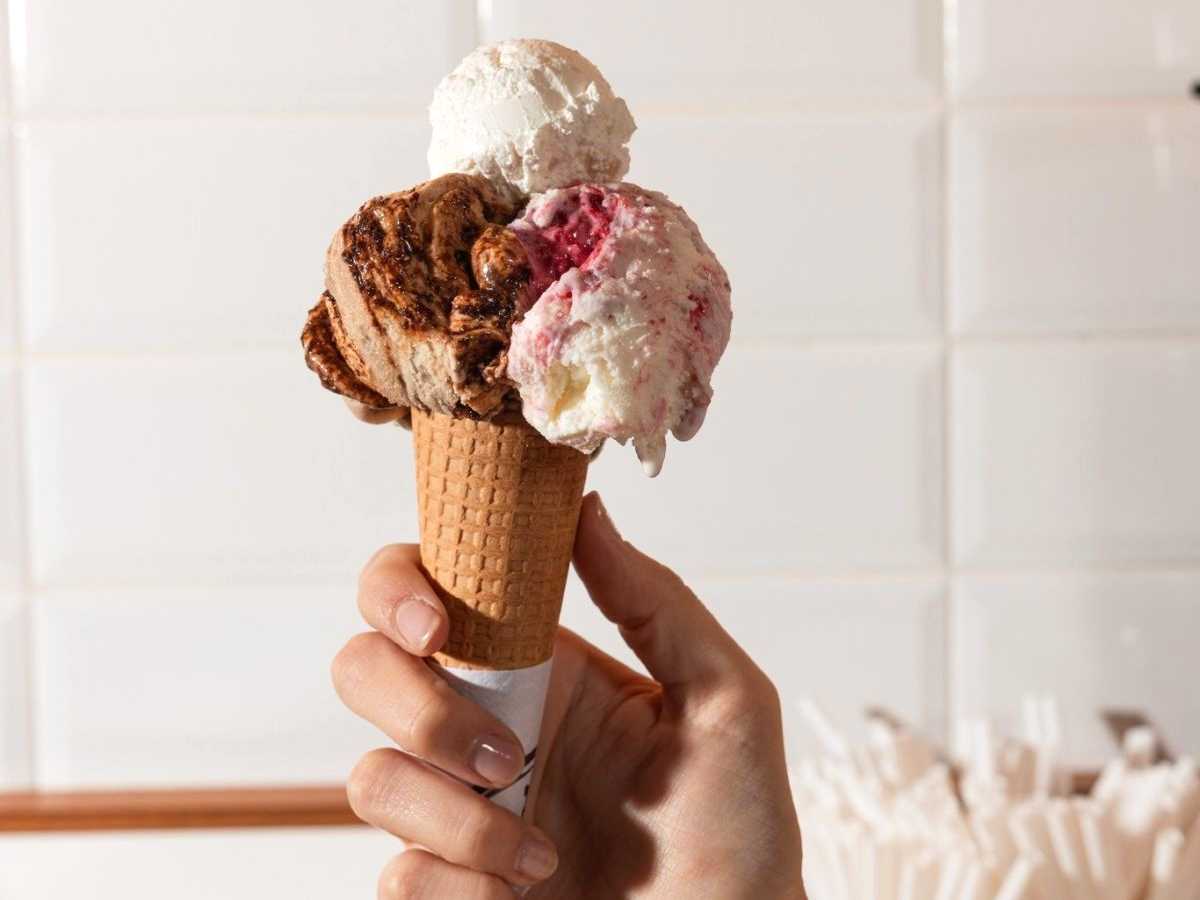 Where to eat gelato in Milan: the best spots
Where to eat gelato in Milan: the best spots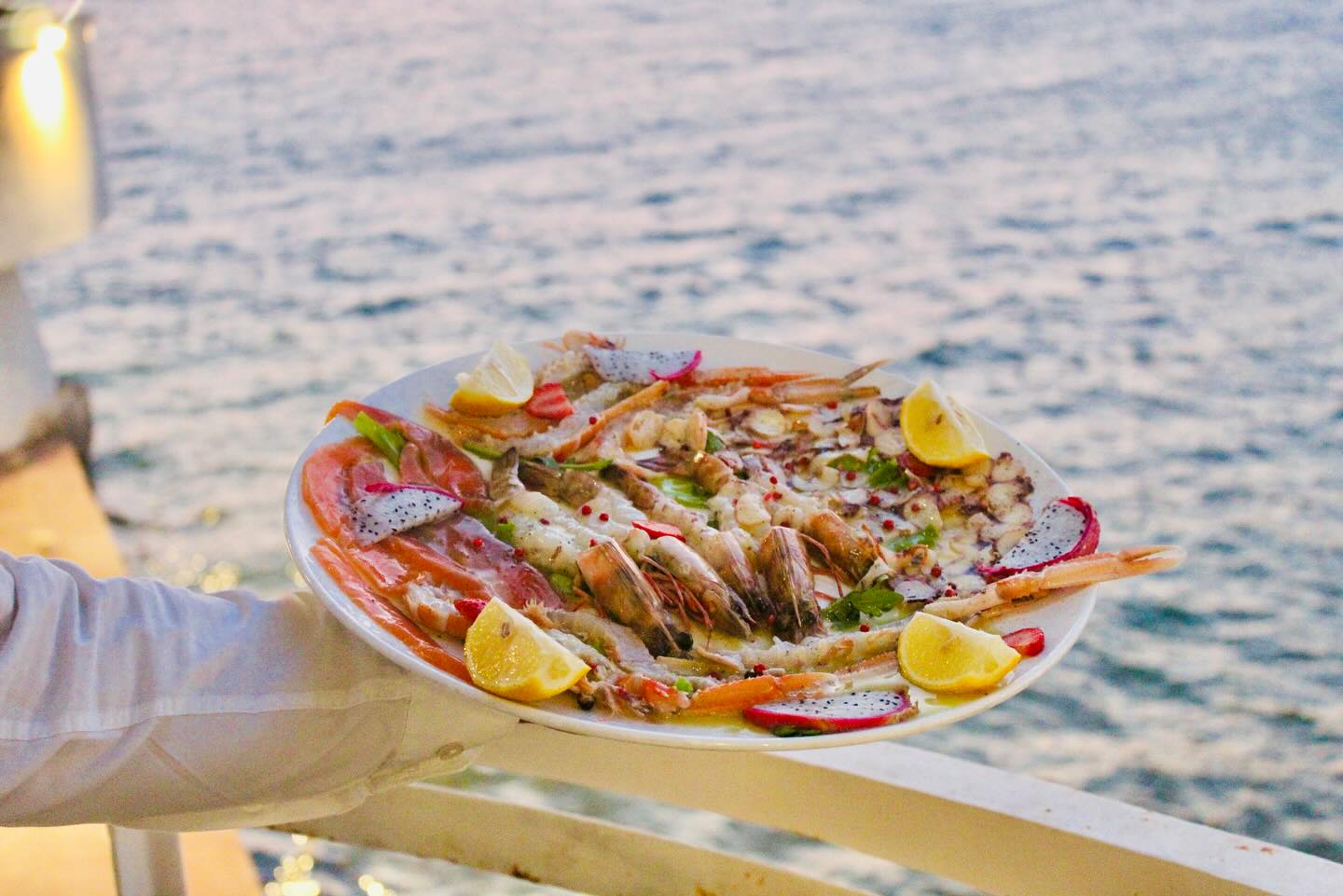 This year the Giro d’Italia starts in Durrës. Here are 4 unmissable places to eat in the Albanian city
This year the Giro d’Italia starts in Durrës. Here are 4 unmissable places to eat in the Albanian city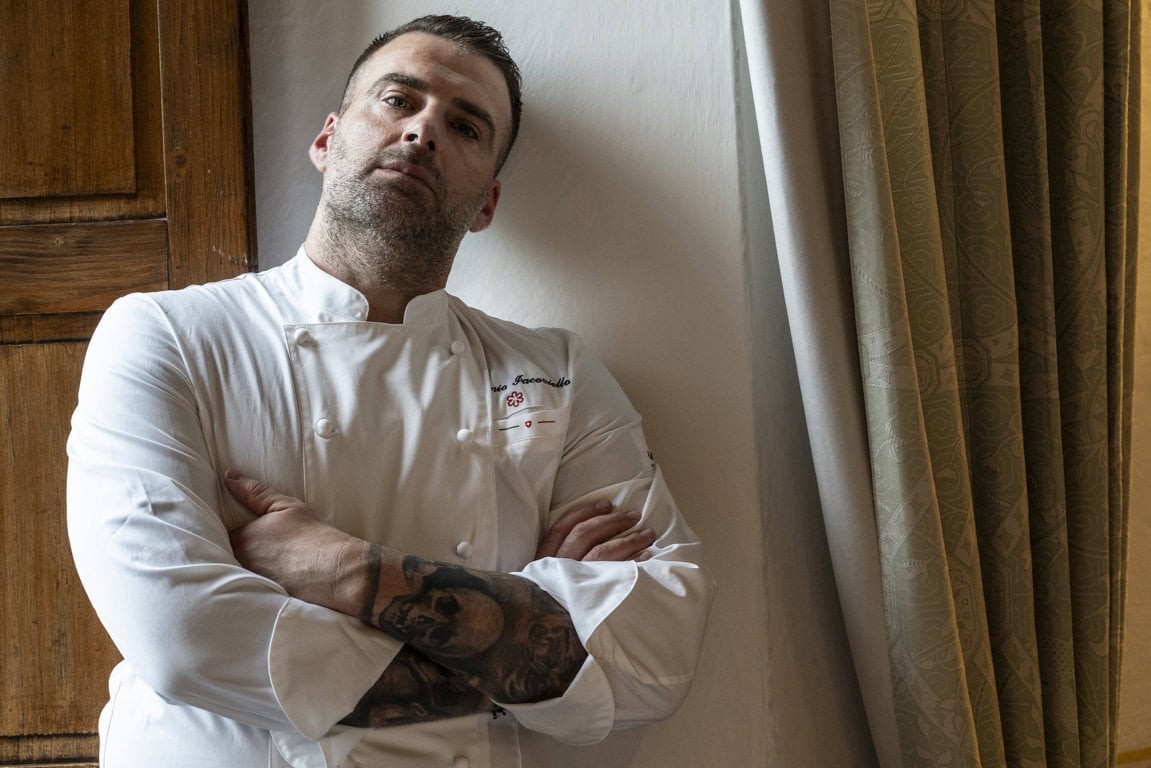 The chef who left a top restaurant in Tokyo to open his own place in a small Tuscan village
The chef who left a top restaurant in Tokyo to open his own place in a small Tuscan village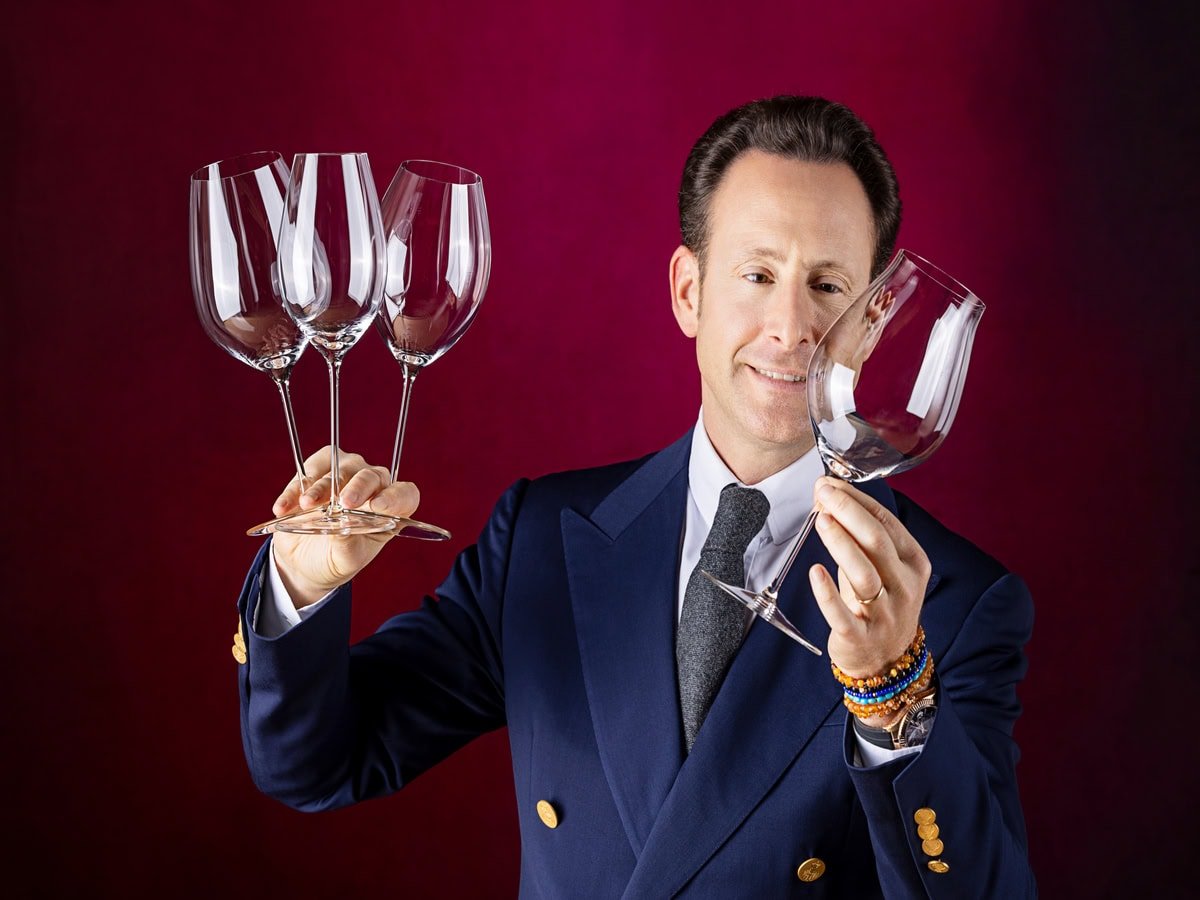 "The universal wine glass? It doesn’t exist. Only shortcut-lovers believe in it." So says Maximilian Riedel
"The universal wine glass? It doesn’t exist. Only shortcut-lovers believe in it." So says Maximilian Riedel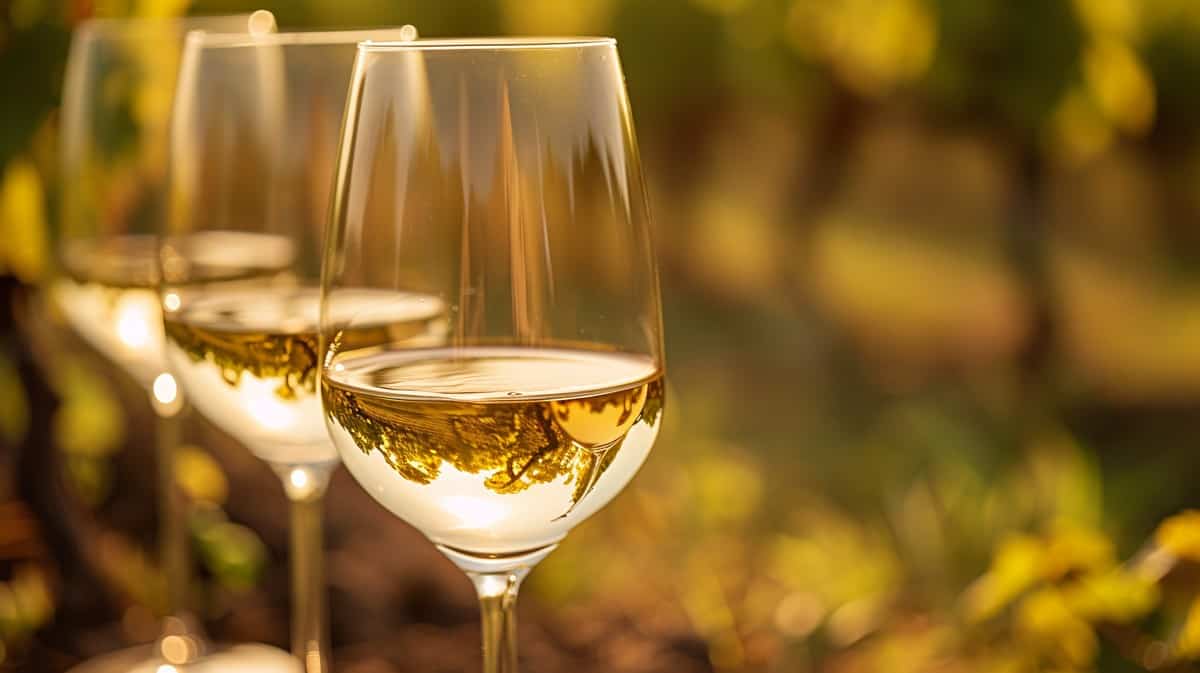 The 15 Ribolla Gialla wines with the best quality-price ratio chosen by Gambero Rosso
The 15 Ribolla Gialla wines with the best quality-price ratio chosen by Gambero Rosso
